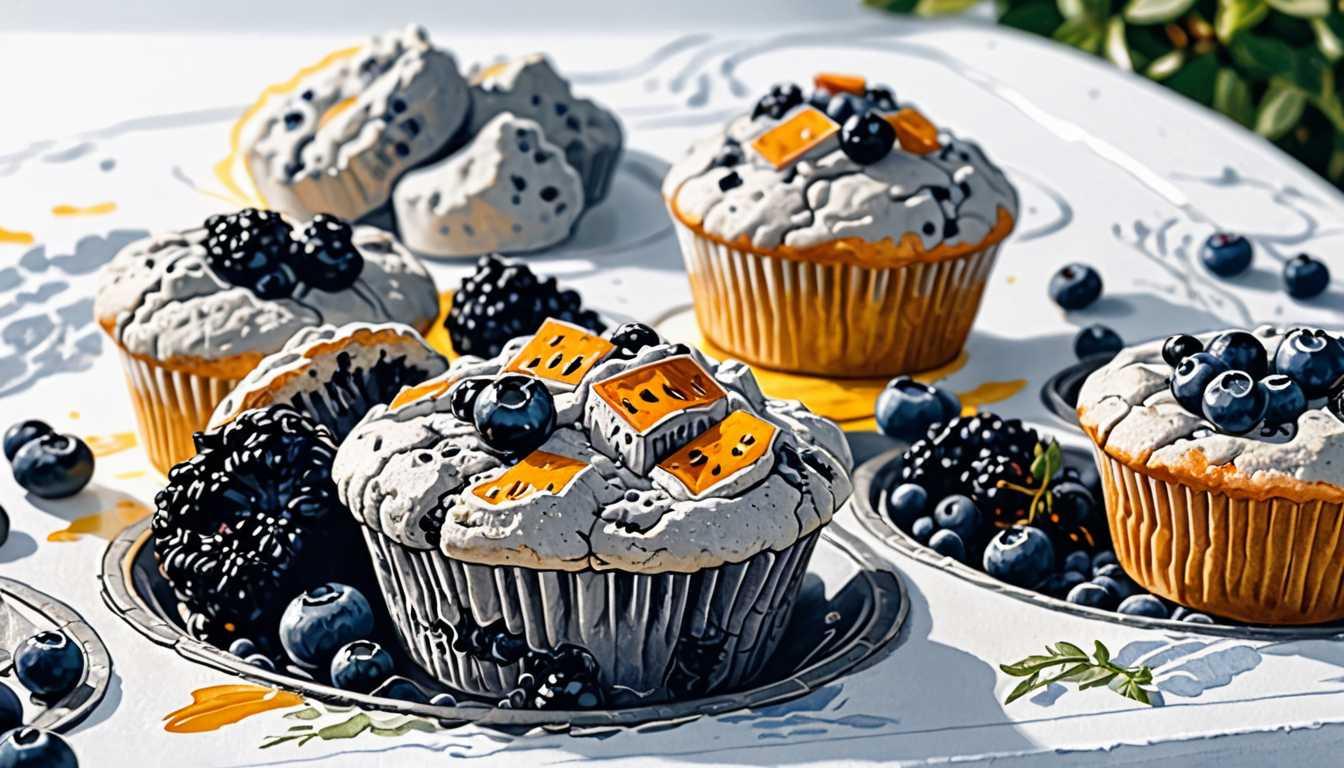Edible Inventions: The Mitchell Magic
July 2019
Smithsonian Magazine
Introduction
Dive into the fascinating world of William A. Mitchell, the genius behind Cool Whip, Pop Rocks, and Tang, as featured in Smithsonian Magazine. This inventor turned our guilty pleasures into science experiments, creating iconic junk foods that defined generations. From his early days experimenting with sugar to his inventions that launched into space, discover how Mitchell's creations continue to delight and surprise us. Ready to explore the sweet and fizzy side of science?
READ FULL ARTICLEWhy It Matters
Discover how this topic shapes your world and future
Bites of Brilliance - The Science Behind Junk Food Joys
Imagine your favorite junk food. Now, think about the science and innovation that went into creating that delightful treat. This is the legacy of William A. Mitchell, a scientist whose inventions have shaped the world of convenience foods, from Cool Whip to Pop Rocks. Understanding Mitchell’s work is not just about indulging in these treats; it's about appreciating the fusion of science, creativity, and practical problem-solving that has influenced global food culture. His inventions reflect a time when the world was fascinated with the possibilities of science to make life easier and more enjoyable. For you, this means exploring how curiosity and scientific exploration can transform ordinary ingredients into extraordinary experiences. It's a journey into how innovation can meet consumer needs in unexpected and delightful ways, and how today's choices might shape the food of tomorrow.
Speak like a Scholar
Chemistry
The study of substances, what they're made of, how they interact and change. It's the magic behind turning simple ingredients into delicious junk food.
Innovation
The process of creating new methods, ideas, or products. Like inventing a new snack that pops in your mouth!
Patent
A government authority or license conferring a right or title for a set period, especially the sole right to exclude others from making, using, or selling an invention. It’s like calling dibs on your invention so others can’t copy it without permission.
Shelf-stable
Refers to food that can be stored at room temperature without spoiling. Perfect for stocking up your zombie apocalypse bunker with snacks.
Polysorbate 60
An emulsifier used in foods to keep oils and water mixed together. It’s why your ice cream stays creamy and doesn’t separate into a weird mess.
Organic
Foods produced without the use of chemical fertilizers, pesticides, or other artificial agents. It’s the trend that’s challenging the legacy of convenience foods.
Independent Research Ideas
The chemistry of candy
Explore the chemical reactions that make candies like Pop Rocks pop. What makes this process unique, and how has it influenced other food inventions?
The evolution of convenience foods
Trace the history and development of convenience foods from post-war America to the present. How have consumer preferences and technological advancements shaped this evolution?
The science of emulsifiers
Investigate how emulsifiers like polysorbate 60 work and their role in food science. Why are they so crucial in creating the textures and consistencies we love?
The impact of patents in culinary innovation
Examine how patents have protected culinary inventions and encouraged or stifled innovation. What role do they play in the competitive food industry?
Organic vs. lab-made
Dive into the debate between organic foods and those created with scientific intervention. What are the benefits and drawbacks of each, and how do they reflect societal values and health concerns?
Related Articles

Weaker Links, Stronger Polymers
August 2023
MIT Technology Review

The Shiny History of Patent Leather
August 2024
JSTOR Daily

Sniffing Out Canned Wine's Secrets
April 2024
Cornell University

Baking Powder: A Culinary Revolution
June 2017
Smithsonian Magazine

Slurpee: A Frosty Tale of Science
July 2016
Smithsonian Magazine